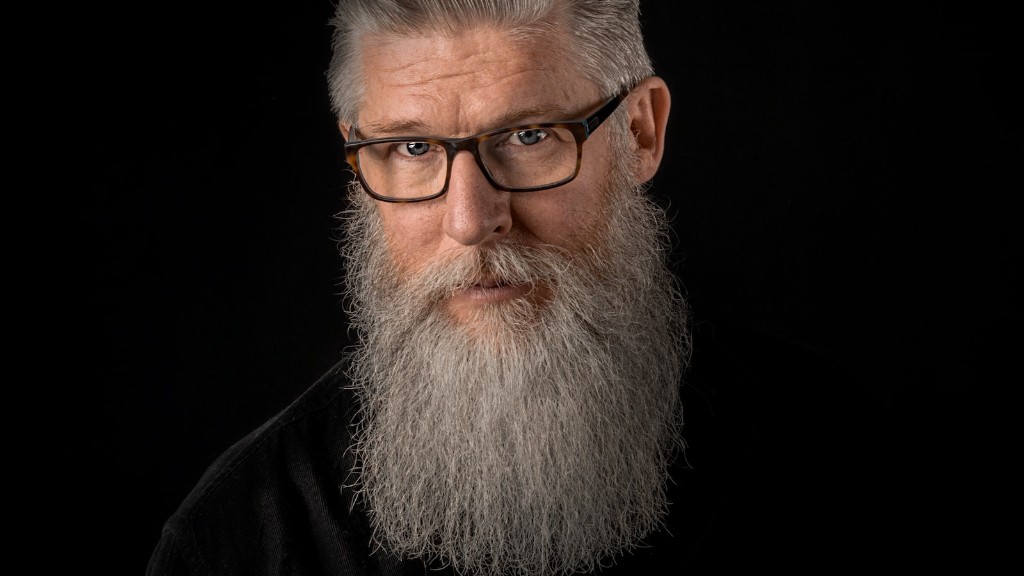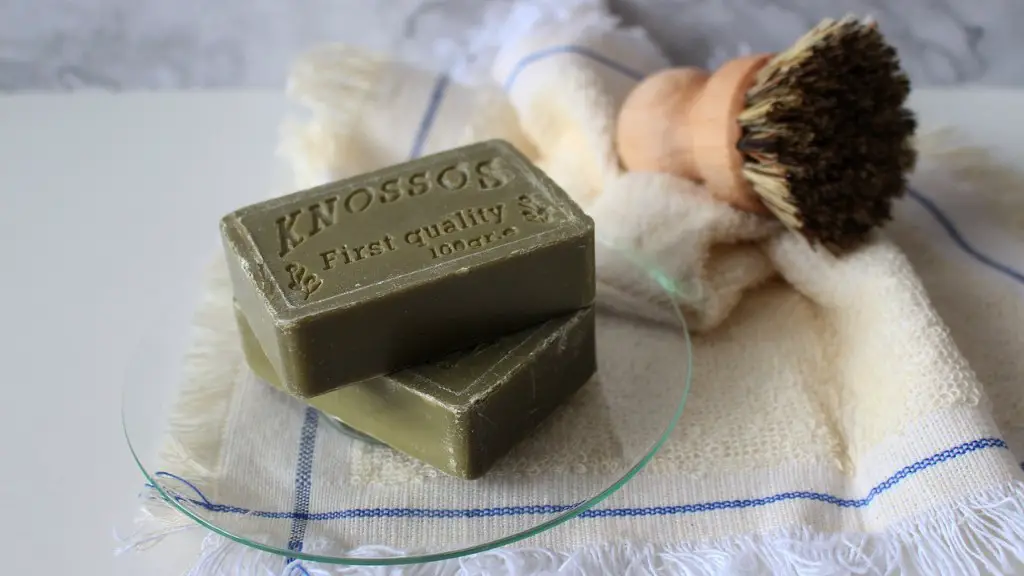Growth Factors
Growing a beard is influenced by individual genetics, hormones, nutrition and overall health. Here’s a look at what drives beard growth:
- Genetics: Most men with the ability to grow facial hair have inherited the trait as a result of their parents’. Research will indicate that genetics determines whether a man grows a beard or not.
- Hormones: Mainly androgenic hormones, like testosterone and dihydrotestosterone, play a vital role in the production of facial hair. As the levels of androgens increase, it becomes easier for facial hair to grow.
- Nutrition: A proper diet of healthy foods will ensure men have a steady supply of nutrients which enable greater beard growth. Poor nutrition can lead to a lack of facial hair production.
- Overall health: Men who are generally unwell or in poor health are more likely to have patchy beards, whilst those who have healthy lifestyles, dominated by good nutrition and exercise, are more likely to be capable of growing robust facial hair.
How to Evaluate Your Ability to Grow a Beard
To evaluate your ability to grow a beard, consider three separate factors: genetic makeup, hormone levels and overall health.
- Genetic makeup: It’s difficult to predict whether you will or will not have the ability to grow a beard based on your family history. It’s important to look at the people in your immediate family and take note of their facial hair production.
- Hormone levels: Research will indicate that testosterone, in particular, is the key hormone responsible for facial hair growth. It can be difficult to ascertain whether your hormone levels are sufficient for a beard to grow. However, men who are able to grow more facial hair in an area might be more likely to be able to grow a beard.
- Overall health: Make sure you’re in good health, as poor health is an indication that you might not have the necessary nutrients needed to fuel a beard. Eating healthy, exercising regularly and getting enough sleep are all important factors to consider here.
Testing Your Possibility To Grow A Beard
While there’s no surefire way to test whether you’ll be able to grow a beard, there are a few less scientific methods you can use to gauge your possibilities.
- Let it grow: When it comes to gauging your beard-growing potential, the best thing to do is to just leave your chin alone. You’ll soon see the results of what Mother Nature has given you. Make sure to use conditioner after washing the beard for a better growth experience.
- Minoxidil: Research will indicate that minoxidil, a topical solution, will assist facial hair growth. A 5% solution is best for men, as it works better for beard growth than a 2%. However, it should not be used for extended periods of time due to possible side effects.
- Vitamin supplements: Adding vitamin supplements to your health routine will ensure your body has the minerals and vitamins it needs to help with facial hair growth. Complex B vitamins, like biotin, are vital components of healthy hair, skin and nails and can help to speed up beard growth.
- Be A Patient: Patience and consistency are key to growing a full, meaningful beard. Give yourself at least four weeks before making judgments on the shape or quality of your beard.
Maintain a Healthy Lifestyle
It’s important to stress that maintaining a healthy lifestyle is key to enabling your body to grow facial hair and to producing the hormones and nutrients needed for facial hair growth.
- Healthy Diet: Eating a healthy and balanced diet will help to ensure your body has the necessary vitamins and minerals needed for facial hair growth. Eating a diet high in proteins and healthy fats will boost testosterone and fuel facial hair growth.
- Exercise: Regular exercise will help to strengthen the endocrine system, and in turn boost testosterone levels. Men can also exercise to reduce their levels of stress and the cortisol hormone, which can impede the growth of facial hair.
- Sleep: Getting enough sleep will play an important role in ensuring your body has the energy it needs to produce facial hair. Plus, making sure you get enough sleep will help to prevent testosterone depletion.
Manage Hormonal Imbalances
Managing and balancing hormones can help to ensure facial hair growth. Here are a few tips:
- Visit the doctor: Ask your doctor to check for any hormonal imbalances during your checkup. Your doctor may be able to provide you with the necessary treatments to get the hormones in your body balanced.
- Consider hormone therapy: If you’re seriously deficient in hormones, you may need to consider hormone therapy. Your doctor can assess your testosterone levels and prescribe the necessary treatments.
- Try natural treatments: Natural treatments, like saw palmetto and nettles, have been connected to increased levels of testosterone. Taking these supplements can be useful, but they need to be taken in consultation with a doctor.
- Beware of medication: Some medications, like birth control and antidepressants, have been found to reduce facial hair growth. It’s best to seek clarification from your doctor on the effects of any medications you’re currently taking.
Beard Care Strategies
If you’re able to grow a beard, you’ll need to ensure you care for it properly. Here are a few tips:
- Wash regularly: Washing the beard regularly will remove dirt, bacteria and dead skin from hair follicles, allowing for better growth and appearance. Make sure to use a mild shampoo that won’t dry out the beard.
- Condition the beard: A beard conditioner is an effective way to soften and nourish the facial hair. Using conditioner regularly will also help to tame any straggly or unruly hairs.
- Comb the beard: Using a wide-tooth comb to brush through the beard will help to remove any tangles and knots. Having a neat and tidy beard will give it a more polished and professional look.
- Use products: There are a range of products available to help style, protect and nourish the beard. From beard oil to wax, the right products can work wonders for your beard.
Beard Maintenance Routines
Developing a routine beard maintenance routine is key to ensuring your facial hair looks great and is free from any ingrown hairs, dandruff and itching.
- Trim the beard: Trimming your beard regularly will help to keep it in shape and free from split ends. It’s best to use a pair of scissors and a comb for DIY beard trimming.
- Establish a regular grooming schedule: Grooming your beard regularly will ensure it looks neat and tidy. Aim for once a week if you’d like to keep your beard looking fuller, or every few days if you’re aiming for a trimmed-down look.
- Use beard oils and balms: When you’re looking to control and condition your beard, using beard oils and balms is critical. These products will help to soften the hair, nourish it and promote a healthy shine.
- Moisturise: Moisturising the beard and skin is essential for a healthy and itch-free facial hair. It’s best to use oil-based moisturisers, as they are free from chemicals and can help to lock in moisture.
Conclusion
The decision to grow a beard is a personal one, and it’s important to understand whether you’re genetically predisposed to growing a beard, and whether the hormones and the necessary nutrients are in your body to enable this. With the right lifestyle and dedication, however, almost anyone can grow a healthy, full beard. Properly looking after your facial hair is also important, as this will ensure your beard stays looking good, healthy and free from any itching or infections.


